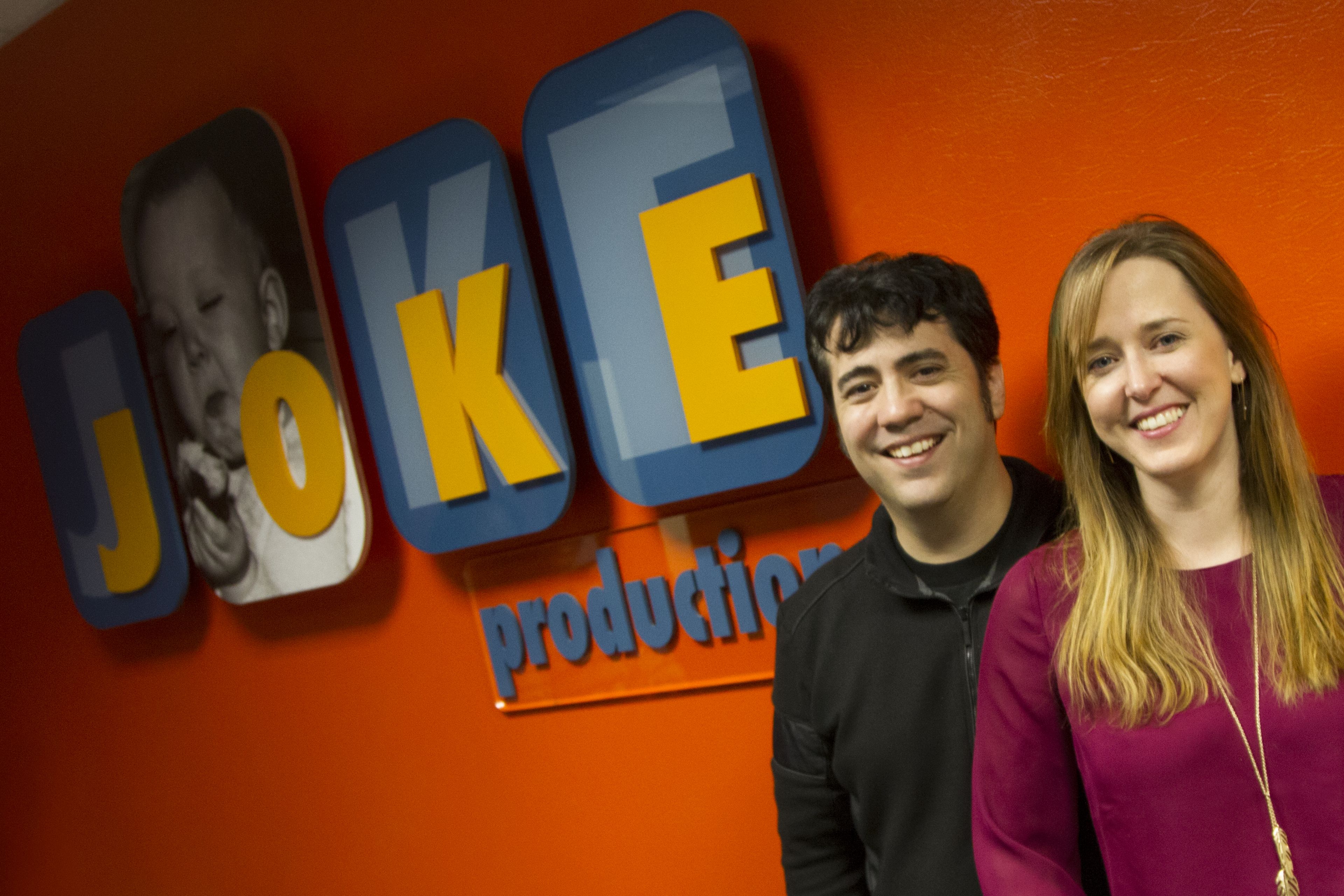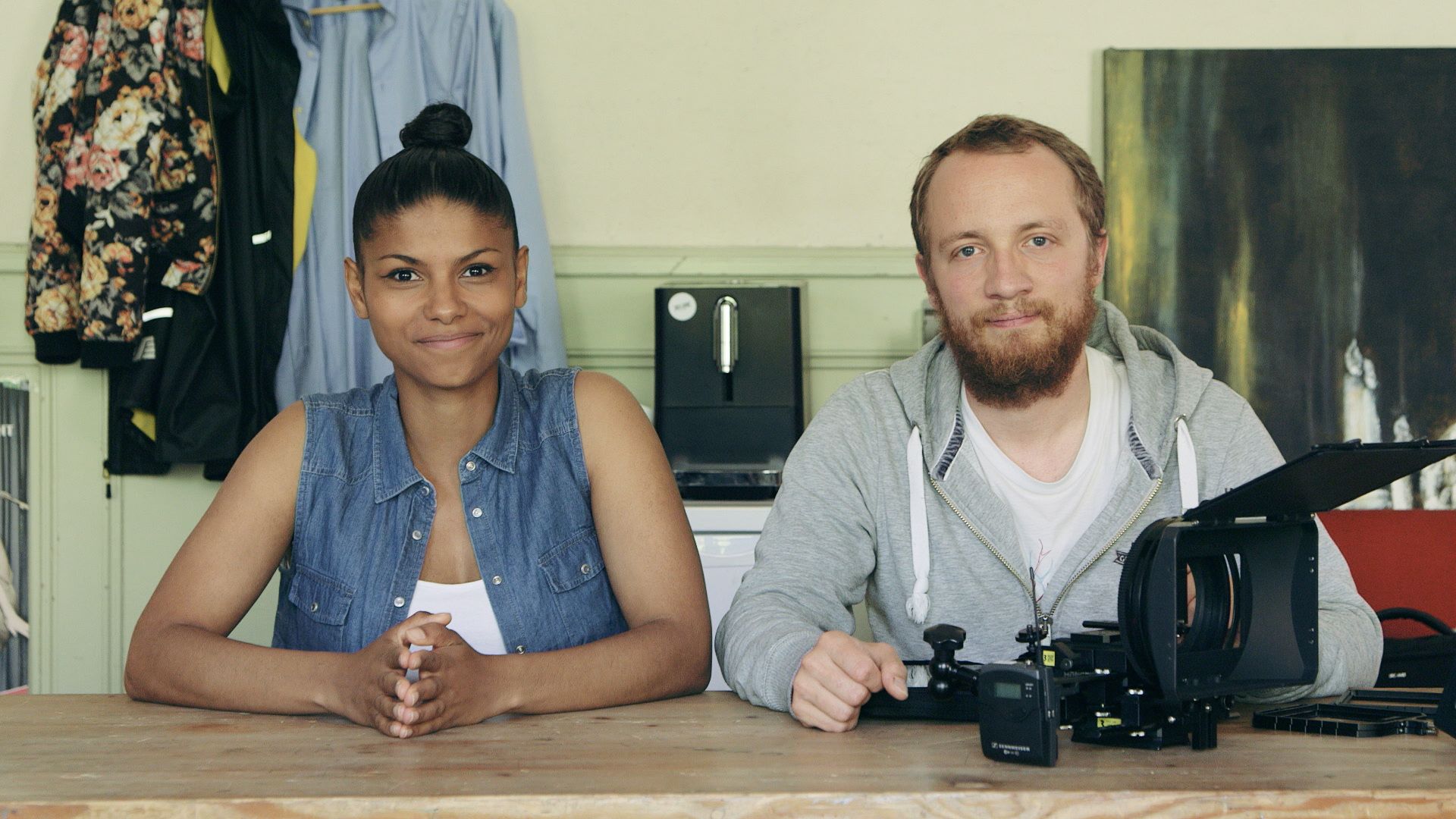Robbie Carman is passionate about color and the power it brings to storytelling. So much so that he established a boutique company, Amigo Media, to focus solely on color correction. His single-mindedness paid off. Washington, D.C.-based Amigo Media has graded hundreds of hours of television, documentary, feature film and political programming. But people looking to glean ideas and information about color need not trek to Washington D.C. Carman gladly and enthusiastically shares his knowledge in multiple venues, from online classes and training videos to books and seminars.
Robbie Carman is passionate about color and the power it brings to storytelling. So much so that he established a boutique company, Amigo Media, to focus solely on color correction. His single-mindedness paid off. Washington, D.C.-based Amigo Media has graded hundreds of hours of television, documentary, feature film and political programming. But people looking to glean ideas and information about color need not trek to Washington D.C. Carman gladly and enthusiastically shares his knowledge in multiple venues, from online classes and training videos to books and seminars.

Adobe: What’s your background as colorist?
Carman: When I started out, I fell in love with the aesthetic and technical side of editing, solving problems and making shots look better. As NLE tools became more sophisticated, I found myself doing more and more color work in the context of being an editor. Clients kept coming and I realized I wanted to do color full time. In 2005 I founded Amigo Media, and started calling myself a colorist rather than editor.
I’m lucky. A lot of one-man shops do a little of everything: filming, editing, audio, and so on. I’ve been successful doing the one thing I love, focusing on color to enhance video content and help people tell their stories.
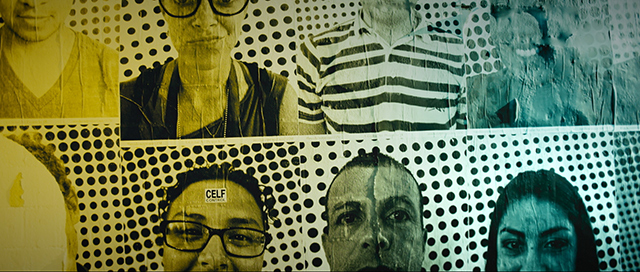
Adobe: Where did you go to school?
Carman: I attended the School of Media Arts and Design at James Madison University. The program was a blend of traditional film school and hands-on experience. We learned by getting out and making films. That impacted the way I like to teach today. I want people to feel the same passion that I do and I try to bring that to all my presentations.
Adobe: Tell us about your work as a teacher.
Carman: I love communicating, teaching, and sharing information with people. Since the late 1990s and early 2000s, I’ve been fortunate to develop relationships with other professionals, and have co-authored seven books. I also do online training with Lynda.com and other sites. I love the fact that I can come home at night or go on a trip, yet still be in the classroom; I see people in that moment where they “get it” for the first time, which is so rewarding.
Two years ago, I teamed with two other colorists, Dan Moran and Pat Inhofer, to create Mixing Light, a website that teaches digital color correction for video and film. As far as we know, it’s the only website dedicated to the art and craft of color grading training. We work across multiple platforms, including Adobe Premiere Pro and SpeedGrade. We want to get people as excited as we are about color.
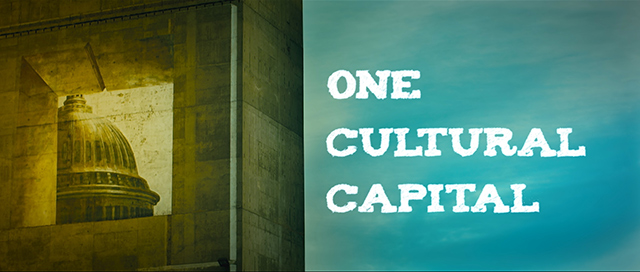
Adobe: What are your thoughts on the latest color tools in Adobe Creative Cloud?
Carman: It’s exciting that Adobe has been integrating color workflows directly into Premiere Pro since the purchase of SpeedGrade a few years ago. People who are using Premiere Pro as their main editorial tool now have power in their hands to work like a professional colorist. And they can do so in a tool they are comfortable with, using a workflow that isn’t foreign to them. People can use as little or as much of the powerful underlying technology from SpeedGrade as they choose, and quickly improve their video content.
The tools are similar to Lightroom, which is used by millions of photographers around the world. Those same people are now doing very creative video projects. For them and other users coming to Premiere Pro from multimedia backgrounds, these tools are perfect.
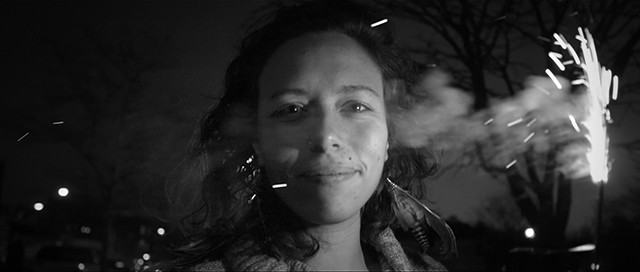
Adobe: How do you tackle a typical color project?
Carman: The first step is evaluation. On the technical side, I evaluate shots with video scopes which have seen a major update in Premiere Pro. On the aesthetic side, evaluation involves asking clients lots of questions: what is their color palette? What’s their preferred level of saturation? And so on.
The next step is corrective: fixing obvious problems. Then it’s a process of truly enhancing the content. Is there a detail in the shot that stands out? Maybe it’s an actor’s bright blue eyes; can I highlight them, sharpen them, add blue?
The last step is living with the footage and looking at it a lot. There’s an old adage that films are never finished, they’re just abandoned. My job as a colorist is to do the best possible work we can do, efficiently and quickly, before we move on to the next project.
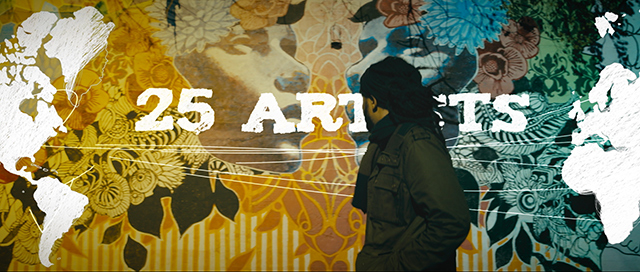
Adobe: How do you choose what tools you’ll use for a project?
Carman: The choice of workflow is part of the evaluation process. I talk to editors constantly. It’s important that I know what the project was cut on: Premiere Pro, Final Cut Pro, or Avid. I have to be versed in all of those editorial tools because I interact with them all the time. This helps me understand what an editor has done that is good and can stay, what I can rebuild, and what needs to be redone.
We’ve integrated SpeedGrade for many projects. The Direct Link workflow lets me open a Premiere Pro project directly in SpeedGrade. Adobe products also communicate well with other products, which speeds the workflow. There are times when doing a traditional conform from Premiere Pro to DaVinci Resolve is a non-starter. In these cases, it is great to be able to use Direct Link between Premiere Pro and SpeedGrade.

Adobe: Have you seen a change in how non-specialists approach color?
Carman: The most exciting thing over past 5 to 10 years is that clients walk into the suite and are already communicating like colorists! Ten years ago, if you talked about a lookup table or LUT, anyone who wasn’t a colorist would have no idea what you meant. The work Adobe and others have done to integrate color into their tools has made a big difference.
Adobe: Do you feel like developments such as the enhanced color workspace in Premiere Pro threaten your business?
Carman: Not at all. To me, it’s about putting color in the forefront. If the tools are ubiquitous, it puts the emphasis back on talent. I’m not worried about losing work. Color is what I do day in and day out, so if I can share that knowledge with people using Premiere Pro all the better!
Learn more about Adobe Creative Cloud

Filmtools
Filmmakers go-to destination for pre-production, production & post production equipment!
Shop Now









